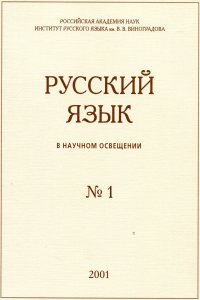Words for city dwellers in Soviet rhetoric: from the marginal to the mainstream
Abstract:
The paper presents and discusses results of a study on the functioning of katoikonyms
(words identifying inhabitants of cities) in Soviet newspapers. Our statistical survey of local
newspapers published in Petrograd / Leningrad, Tver / Kalinin, and Tambov in the years 1918–
1950, 1955, 1960, and 1965 has demonstrated that in the early Soviet period katoikonyms related
to the places of newspapers’ publication had a marginal position in local press. Their
frequency grew in the end of the 1930s, reaching its peak in the years of World War II, and
remained consistently high in the post-war period. These tendencies were determined by the
changes in Soviet ideological discourse and rhetoric strategies, primarily by the turn from proletarian
internationalism to patriotism since the end of the 1930s and further growth of the
role of malaya rodina (lit. ‘little motherland’, hometown, homeland) in Soviet discourse.


